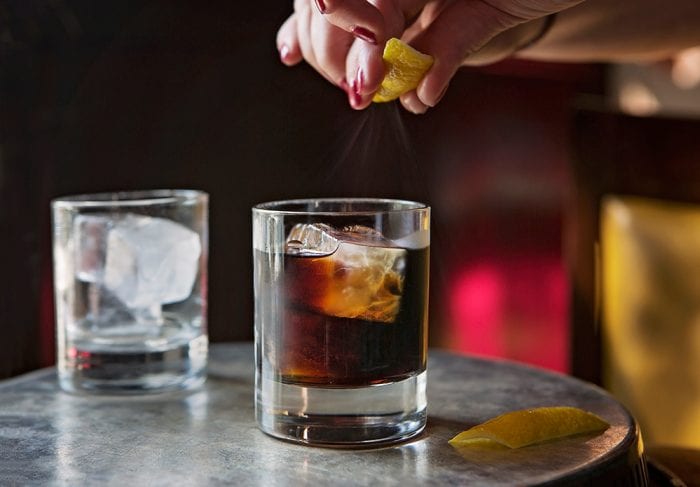By Bob Lipinski

Vermouth… the centuries-old, aromatized wine, mostly from Italy, has had a revival!
The new category of Italian vermouths is “Vermouth di Torino,” from the northwest region of Piedmont. Although some of these vermouths made been for hundreds of years, in 2019, it was officially recognized as a geographical designation I.G.P. (Indicazione Geografica Protetta) that protects and guarantees its providence and quality.
The vermouth must use only Italian grapes and be produced and bottled in Piedmont. The superiore designation requires that at least 50% of the grapes must be from Piedmont. Also, wormwood must be used besides other botanicals. Currently there are 35 producers making Vermouth di Torino.
I recently tasted several vermouths from this new category and here are my notes…
Cocchi Rosso Vermouth di Torino, from Asti, Piedmont. The brand which was created in 1891 by Giulio Cocchi is still produced according to the original recipe. It is amber colored with a perfumed bouquet reminiscent of a “spice cake.” Rich, exotic flavors of bitter orange, cocoa, clove, rosemary, and balsam, with an aftertaste of citrus and a touch of bitterness. It is excellent mixed with equal parts of Campari, a splash of sparkling mineral water, and a slice of orange.
The below two wines come in an attractive, painted bottle sporting a “T-cork” versus the typical screwcap. And both are made using 27 different botanicals and spices. The inspiration was a journey through Dante’s Divine Comedy: Represented in 9 di DANTE vermouths as herbs and spices identified with each of the famous nine circles of hell as chronicled in Dante’s poem.
9 di DANTE Purgatorio Extra Dry Vermouth di Torino “Superiore,” from Alba, Piedmont. Made from 100% Arneis grapes. The bouquet has overtones of wintergreen, clove, orange peel, and herbs. Off-dry in the mouth with rich flavors of chocolate, mint, citrus, and spicy pears with a touch of bitterness. Although you could try it in a martini, it’s great served chilled with a slice of orange or lemon; ice if you prefer.
9 di DANTE Inferno Rosso Vermouth di Torino “Superiore,” from Alba, Piedmont. Made from 50% Dolcetto and 50% Cortese grapes. Bright ruby red with a full bouquet of spicy black cherries, oranges, and wild berries. Semisweet with a syrupy flavor of cherries, herbs, citrus, and vanilla. Well balanced with a lingering aftertaste of bitter almonds. If you like a Manhattan, Rob Roy, or Negroni, look no further.
Bob Lipinski is the author of 10 books, including “101: Everything You Need To Know About Whiskey” and “Italian Wine & Cheese Made Simple” (available on Amazon.com). He consults and conducts training seminars on Wine, Spirits, and Food and is available for speaking engagements. He can be reached at www.boblipinski.com OR [email protected].






